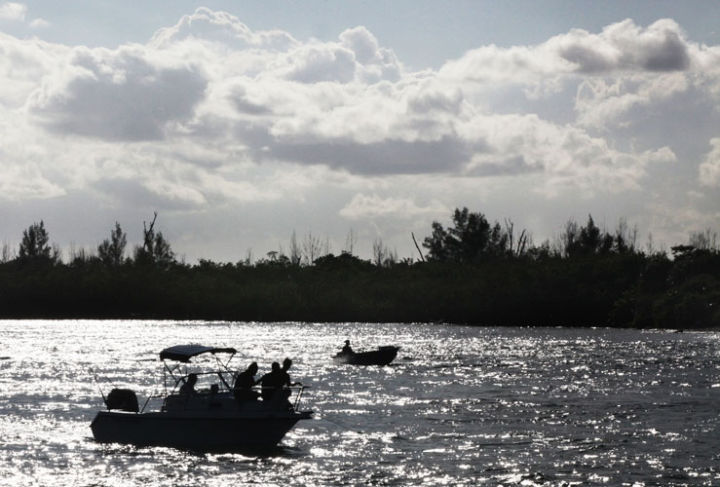
INDIAN RIVER COUNTY — A huge pile of broken concrete culverts and obsolete bridge decking piled at a county storage yard is set to get new life this summer as two artificial patch reefs about 10 miles out into the sea from Sebastian Inlet.
The reefs, which are set to be constructed in late June or in July, will be too far out to help with beach erosion control, but are designed to create a fish and sea creature habitat, according to County Coastal Engineer James Gray.
“It’s more for recreational fishermen and for divers,” Gray said.
The county has received approval for a $53,000 grant from the state, to be matched by $9,000 in local funds.
That will pay for a barge to carry the 800 tons of recycled concrete out the Fort Pierce Inlet to the approved site and dump it in two piles about 200 feet apart.
The reefs will be approximately 80 feet long and 100 feet wide with rock piled 10 to 15 feet high.
The ocean is roughly 70 feet deep in that spot, allowing for the minimum 50 feet of navigable water for ships to pass.
Permits for the project from the U.S. Army Corps of Engineers are in hand, Gray said.
Though Gray said the county should have plenty of material to construct the reefs, the Vero Beach Municipal Airport may supply some concrete – if not for these reefs, for a similar future project.
Last month, Airport Director Eric Menger told the Vero Beach City Council that concrete pilings from a decades-old U.S. Navy tower had been discovered under a parking lot during a demolition project on airport property and Councilwoman Amelia Graves suggested the city offer it up for the reef.
Menger said only some of the material was deemed usable, so the city’s concrete will be sorted at the county landfill and, if needed, the usable concrete will be salvaged.
The $62,000 cost of the project is relatively small for its scope, Gray said, due to the use of reclaimed material, so the biggest expense is the barge transport, dumping and port charges.
“It’s being recycled, it’s not going to the landfill and it’s no longer going to be just sitting there.”
Smaller concrete reefs have been installed by the county in the past, but this project is the largest of its kind, and is being engineered with enough space in-between the reefs to correct an issue that’s happened in the past when the reefs were closer together.
Gray said predatory fish were lying in wait and using the smaller corridors between reefs to ambush their prey. The 200 feet of sandy bottom between these new reefs, he said, should give smaller fish more breathing space to avoid capture.
The county has piggy-backed onto a bid accepted in St. Lucie County for a reef project and because Indian River’s grant and permits are set to go, the work should be completed by late July.
The deadline for completion to receive the grant funding is Aug. 21.
How soon will fish take up residence in the piles of concrete?
“Based on past experience, fish are pretty much there within minutes after deployment,” Gray said. “They find a habitat quickly.”



